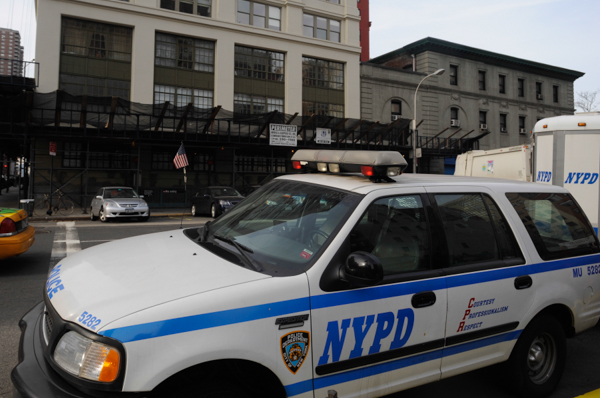Share
An Unlucky Photographer Catches a Break
Freelance photojournalist Robert Stolarik has been covering New York City for The New York Times for over a decade and in the span of a year, he ...
Freelance photojournalist Robert Stolarik has been covering New York City for The New York Times for over a decade and in the span of a year, he has been harassed by the NYPD multiple times. In 2011, Stolarik was pushed down the stairs of the Winter Garden at the World Financial Center, had his photos block by an officer and his press credential yanked by a higher ranking officer. Then in 2012 while taking photos at the scene of a street fight in the Bronx, Stolarik was arrested for interfering with the arrest of a teenage girl by “repeatedly discharging his camera’s flash” in the face of a cop.
Of course, this would be impossible since Stolarik’s Nikon DSLR camera doesn’t have a flash, and no other officers or witnesses recalled seeing a flash. The NYPD Internal Affairs Bureau also found no photographic evidence on his flash cards of the alleged flash photos.
Yesterday, the police officer, Michael Ackerman, was indicted on three felony counts and five misdemeanors for falsifying business records and tampering with public records that led to the arrest. He pleaded not guilty and released on bail, and has been suspended without pay by the NYPD pending the outcome of the case.
Whether the indictment will make the police more well-heeled in the face of the law and photographer rights remains to be seen, but the indictment is certainly a victory for the First Amendment and Stolarik. Photo consultant (and former Times photo editor) Stella Kramer rhetorically asked on Facebook whether the outcome would have been the same if The New York Times hadn’t been the client. Perhaps not, but given all the recent hubbub over government overreach (see The Atlantic’s Is the NYPD Worse than the NSA?), we can’t downplay the importance of media companies standing behind their journalists. An unencumbered and protected press seems more and more important to a functional democracy.
We should also point out the advocacy of the NPPA, which included a letter to the NYPD which was published in the Times by general councel, Mickey Osterreicher. While the letter might seem perfunctory at first glance, Osterreicher’s efforts are ceaseless, and his advocacy extends into publications like Sheriff Magazine with the intent of helping to educate law enforcement on these important issues. The Advocacy Committee also participates in legislative advocacy on issues like Orphan Works, military embed policies, and more. In other words, your NPPA membership isn’t just about getting a discount on PhotoShelter and delivery of a monthly magazine.
(h/t: James Estrin)



